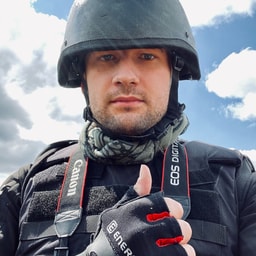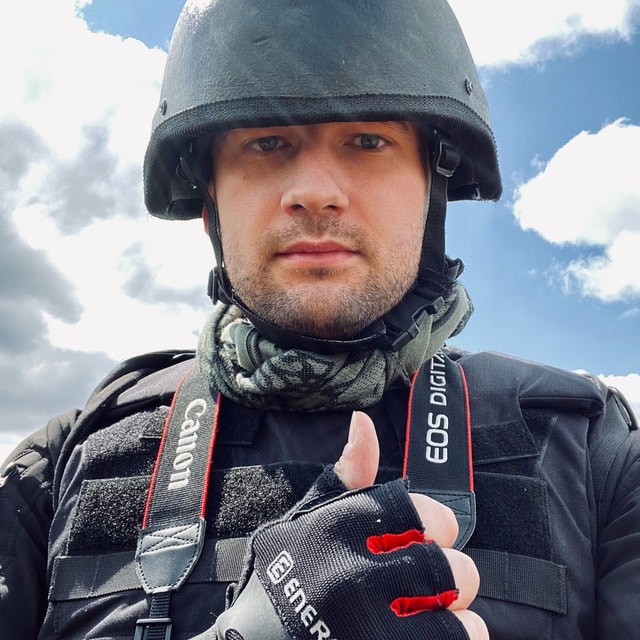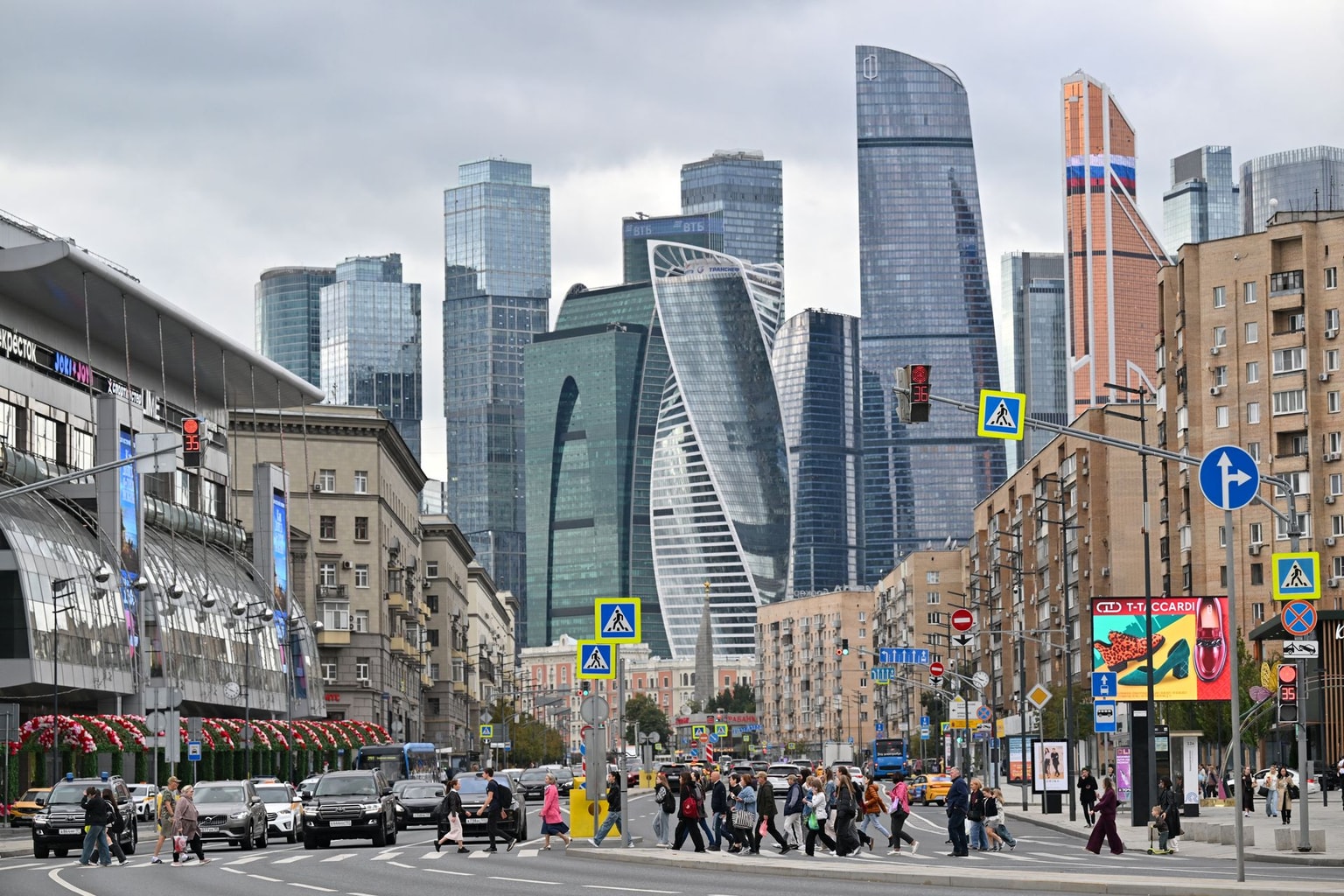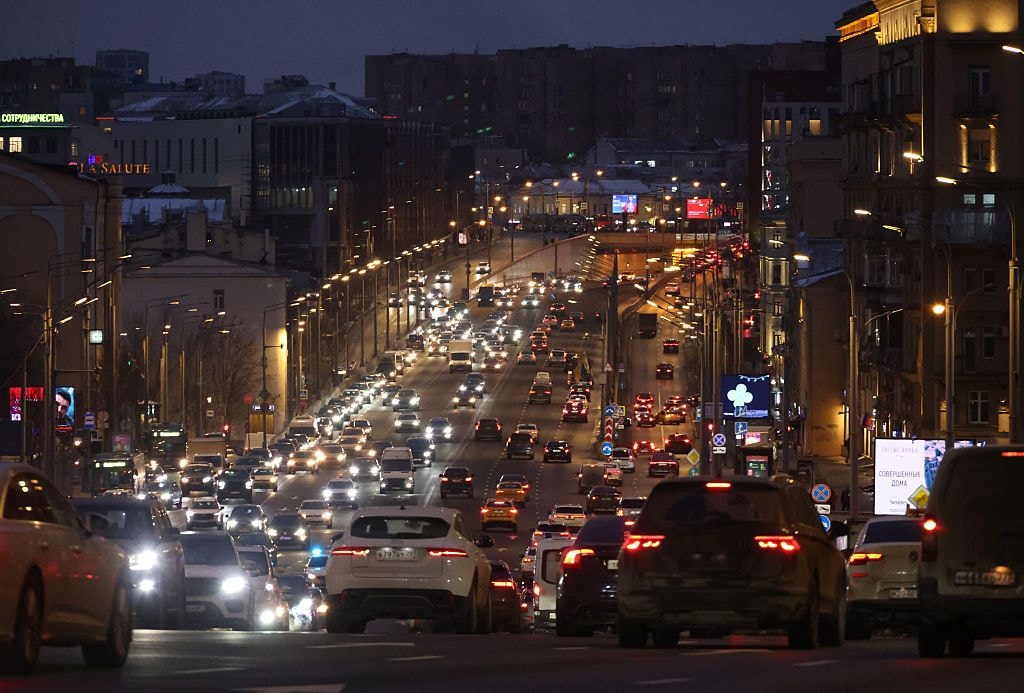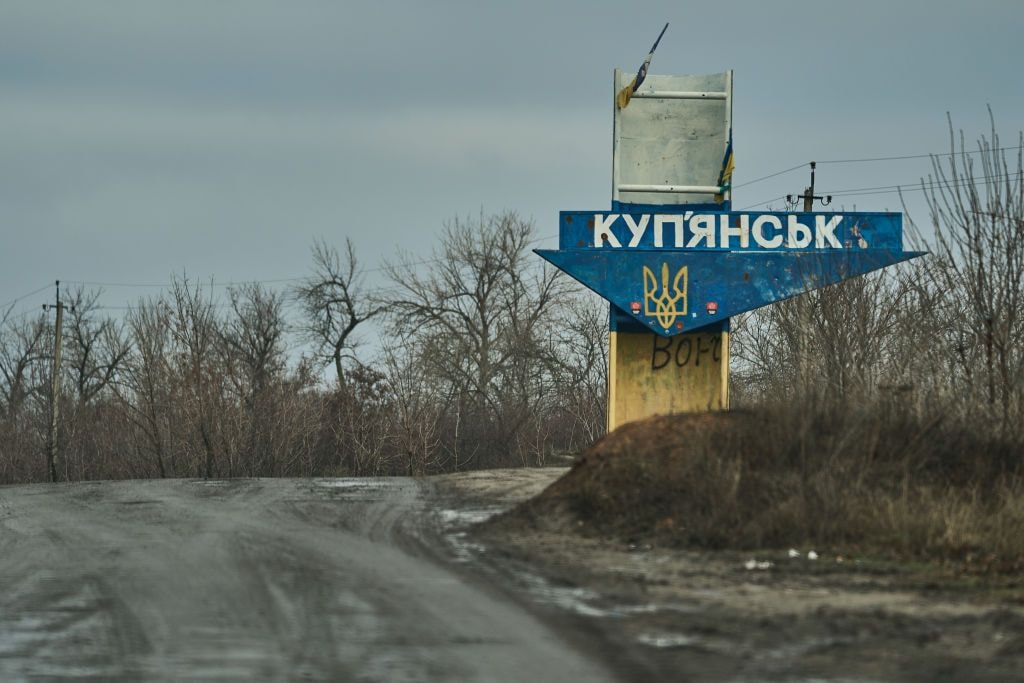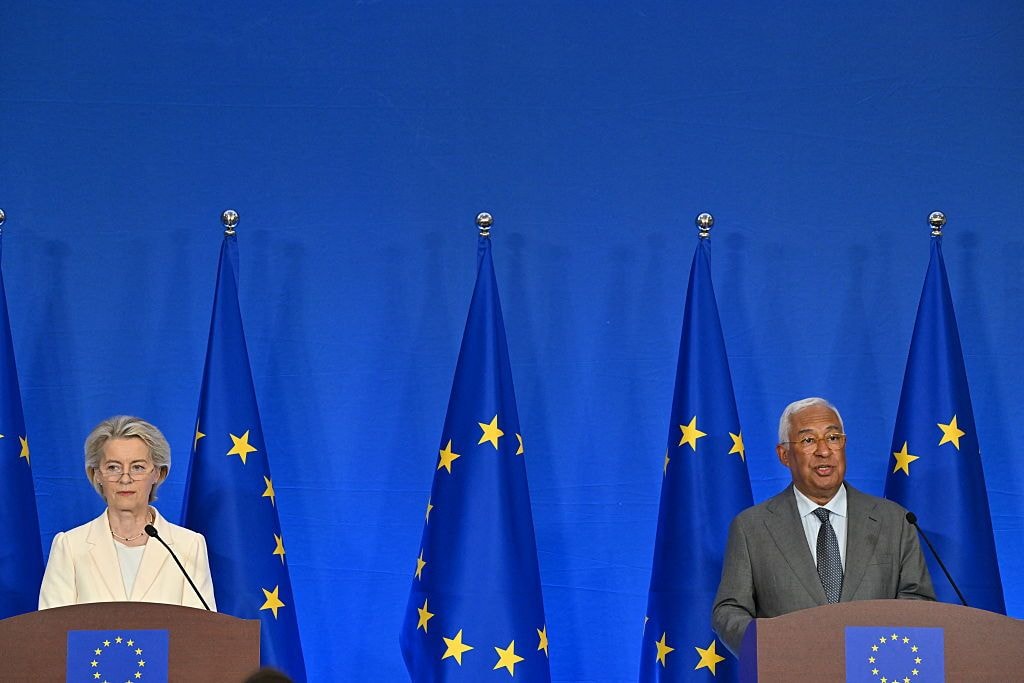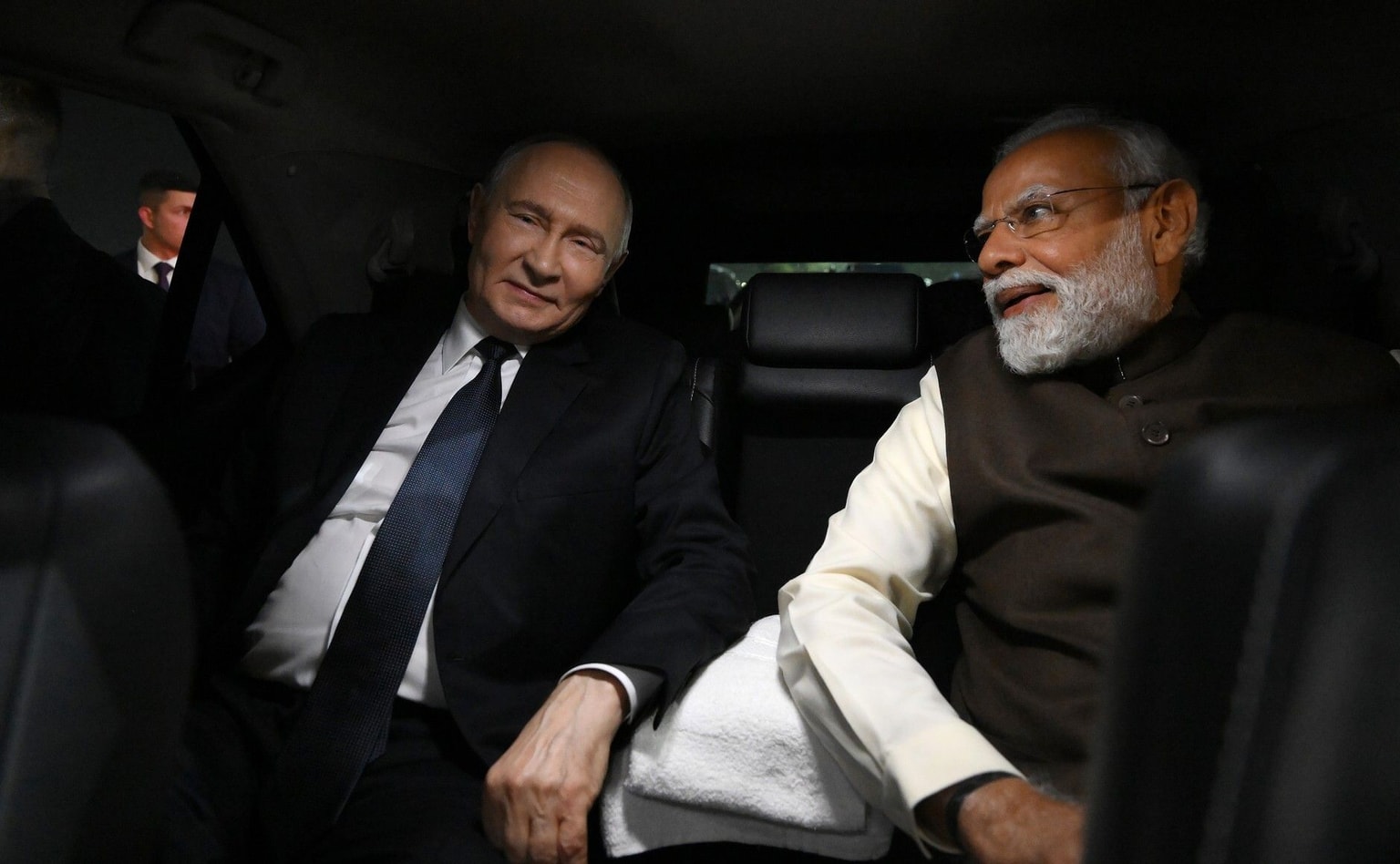Ukraine’s old air defense proves unexpectedly effective in combat

No one really expected it — but after three weeks of Russia’s all-out war, Ukraine’s air defense is still exceeding expectations.
This branch of service not only managed to largely survive Russia’s massive missile attacks in the invasion’s early hours. It took up the fight and prevented the Russians from enjoying total supremacy in the air.
Obviously outnumbered and outgunned, Ukraine’s air defense has been particularly effective in defending Kyiv from most cruise and ballistic missiles, which is yet another surprising moment of this war.
In contrast to Kharkiv, Mariupol, or Chernihiv, which are vulnerable to airstrikes, Kyiv is still the best-protected, as most missiles targeting the city are successfully intercepted.
This comes in spite of the fact that Ukraine lacks tactical anti-missile defense systems of the Patriot or Aegis class, and isn’t expecting to get such assistance from the West any time soon.
Nonetheless, as experts say, despite Russia probably running out of high-precision missiles like the Kalibr or Iskander, the Kyiv air and missile defense should embrace itself for a tough test.
Should Russia launch a new full-fledged attempt to encircle and blockade Ukraine’s capital, it is expected to pummel the whole of its remaining missile and aviation power to crush its resistance.

Weak spot?
Air defense, particularly anti-missile capabilities, have been feared among Ukrainian and Western experts as the weakest spot likely to fall first.
Before the war, according to the Military Balance 2021 database by the International Institute for Strategic Studies, Ukraine had a total of 125 combat-capable aircraft.
That included 37 Mikoyan MiG-29 and 34 Sukhoi Su-27 jet fighters, as well as 14 Sukhoi Su-24M bombers and 31 Sukhoi Su-24 close air support aircraft.
Upon that, Ukraine’s fighter jet arsenal is considered obsolete, with the newest known MiG-29 aircraft having been produced 30 years ago.
Ukrainian pilots have enjoyed fewer operational hours and have little to no air combat experience compared to veterans of Russia’s campaign in Syria.
Russia started the invasion early on Feb. 24 with a series of massive missile attacks upon Ukrainian airfields, command and control posts, and munitions depots, in order to behead and paralyze the country’s air power.
But what followed showed that Russia had failed to completely eliminate Ukraine’s air defense and ensure absolute air supremacy.
The Ukrainian military had five to 10 sorties per day, compared to roughly 200 carried out by Russia, according to the Pentagon.
But Ukraine has succeeded in preserving its aircraft.
On March 11, CNN quoted the U.S. Department of Defense officials saying that the Ukrainian Air Force still had about 56 fighter aircraft available, or about 80% of its pre-invasion air fleet.
In many ways, according to the U.S. defense officials, this was thanks to how effectively Ukrainians have been using the air defense missile systems on the ground.
“They’re being careful at what they’re shooting at, they’re moving stuff around, they’re being very nimble. And it’s proven effective,” the official said, speaking anonymously.
“And I’m not just talking about mobile launchers, I’m talking about the use of shoulder fire surface-to-air capability as well.”
The commentary suggests the effective Ukrainian use of not only older Soviet man-portable systems like 9K38 Igla (NATO reporting name SA-18 Grouse), but also FIM-92 Stinger recently provided by the West, has combated Russian air supremacy.
As of March 16, Ukraine’s military reported a total of 84 Russian airplanes and 108 helicopters downed since Feb. 24 by a combination of all means available. That includes nearly 45 helicopters destroyed on the ground at the Kherson airfield on March 7 and March 15.
On March 16 alone, according to Ukraine’s Air Force command, the military downed 10 Russian planes.
A Kyiv Independent source in Ukraine’s Air Force noted that, upon preliminary estimates, Russia has sustained the biggest air combat losses in the Kyiv Oblast.
The United Kingdom’s Ministry of Defense by March 9-10 also noted that Ukrainian air defenses “appear to have enjoyed considerable success against Russia’s modern aircraft, probably preventing them from achieving any degree of control of the air.”
On March 10, the UK said there has been “a notable decrease in overall Russian air activity… likely due to the unexpected effectiveness and endurance of the Ukrainian air defense forces.”
“The Air Defense’s survivability and efficacy have surprised many, not only in Kyiv, but also across the country,” said Kyiv-based military expert Oleg Zhdanov.
“It should be noted that in fact, we’re operating older Soviet-era hardware.”
Nonetheless, even though Ukraine’s military does not reveal any clear data on its losses, numerous reports in media partly confirmed by the Armed Forces indicate multiple fatalities among Ukrainian jet pilots, including top guns, in air combat against Russians.

Missile shield
Russia, as part of its overconfident blitzkrieg plan against Ukraine, focused its main strikes on Feb. 24 upon Ukrainian airfields and their defenses, in many ways ignoring stationary air defense systems protecting cities.
As a result, most of the Ukrainian air and missile defense units have probably survived, especially when it comes to Kyiv and the surrounding area.
Now, following the initial shock of invasion, according to Zhdanov, the Russian military has lost its chance to destroy large Ukrainian surface-to-air missile systems and is bogged down fighting Ukrainian aircraft and supporting its advancing troops on the ground.
According to Military Balance 2021, Ukraine operated a total of 250 S-300 family long-range air defense systems, namely S-300P/PS/PT units (NATO reporting name SA-10 Grumble).
Besides, Ukraine was also believed to have had nearly 72 Buk-M1 systems (SA-11 Gadfly), and a number of short-range S-125 Pechora (SA-3 Goa) systems on the ground.
It is not known how many of these units are still operational.
But when it comes to the Kyiv metropolitan area, as experts suggest, the air defense grid is considerably reducing or completely denying Russia’s air activity over the city.
It also takes out most of Russia’s missiles targeting the city.
As one of the latest incidents, the Ukrainian air defense stopped an incoming missile over downtown Kyiv on March 14. Debris fell into the city’s northern Kurenivka neighborhood, killing one and injuring six civilians.
In general, according to the U.S. Department of Defense, Russia has fired over 900 cruise and ballistic missiles against Ukraine since Feb. 24, as of March 15.
The attacks have delivered devastating damage upon civilians and military infrastructure across the country. Missiles have also hit a number of key objects in the city and the region, such as the TV Tower or the Vasylkiv airfield, which was taken out by reportedly 8 missiles on March 12.
Nonetheless, Kyiv remains the city best protected from enemy aircraft and missiles.
Since Feb. 24, Ukrainian media have reported at least 13 incidents involving Russian cruise and ballistic missiles successfully intercepted over the city and its closest suburbs by stationary S-300 systems, not specifically designed for the purpose.
“It should be noted that we have an Air Defense, not a Missile Defense system,” says Zhdanov. “It’s a great miracle and our operators’ mastery that they even manage to intercept cruise and ballistic missiles.”
Many strategically important sites in the city remain intact, while Russia concentrates on targeting far less protected objects, such as the Vinnytsya airfield, or the Yavoriv boot camp in Lviv Oblast.
Ukrainian surface-to-air units, particularly the S-300 division in Kyiv, have seen serious modernization and repairs efforts in 2015-2016 following an active campaign against Russia in Donbas.
Besides, according to experts, despite having operated older Soviet weaponry, Ukrainian air defense units have had extensive simulator training for years, which now effectively reveals its results in real air combat against Russia.
Now, to seek and destroy an effective stationary surface-to-air missile system deployed in the depths of urban terrain is a very complicated and expensive mission.
“An S-300 unit is a weapon that can defend itself in the first place. Russia needs to deliver a range of precise missile strikes to possibly take just one air defense unit out,” Zhdanov says.
“This is something it cannot afford.”

Meanwhile, as Western and Ukrainian intelligence suggests, Russia is very likely using the relative lull in combat operations to consolidate its forces and supplies for yet another attempt to encircle Kyiv from the east and the west and impose a full blockade.
As experts believe, the new strike would be weaker in terms of manpower Russia can apply, given its weak reserves and low mobilization capabilities.
So it comes very naturally that Russia is very likely to compensate for that with an inflated amount of airpower thrown in battle, which means a hard mission for the Kyiv air defense.
Read also: Russia concentrates military power for Kyiv assault
So far, all calls to NATO and the West by Ukraine’s President Volodymyr Zelensky to impose a no-fly zone over Ukraine, or at least provide Ukraine with Soviet-era fighters like MiG-29s, have been fruitless.
The deployment of extremely expensive and complicated U.S.-produced systems like the MIM-104 Patriot, in Ukraine, is also very unlikely in the foreseeable future.
However, as CNN reported on March 16, quoting an unnamed senior U.S. official, the U.S. and NATO allies were “already sending several surface-to-air missile systems” to Ukraine.
These additional systems include reportedly short- and medium-ranged Soviet weapons marked under their NATO codes as SA-8 Gecko (9К33 Osa), SA-10 Grumble (S-300P), SA-12 Gladiator (S-300V), and SA-14 Gremlin, (9К34 Strela-3) man-portable light anti-aircraft systems.

Shortly following Zelensky’s address to the U.S. Congress on March 16, U.S. President Joe Biden also said he would allocate additional $800 million in security assistance to “to help Ukraine fend off Russia’s assault.”
The new package includes 800 Stinger anti-aircraft systems and 100 drones.
“We're going to continue to have their backs as they fight for their freedom and democracy,” Biden said.
Moreover, on March 16, the United Kingdom's Secretary for Defense Ben Wallace also confirmed Britain would provide Ukraine with short-range man-portable systems Starstreak.
Some air defense reinforcement might be coming from Slovakia.
According to three sources quoted by CNN on March 16, Slovakia, a NATO member nation still operating S-300 systems, is preliminarily ready to hand the air defense capabilities to Ukraine.
However, Slovakia wants the older Soviet hardware to be immediately replaced with modern, U.S.-produced Patriot systems, CNN said.
Germany and the Netherlands have already publicly announced their readiness to send Patriots to Slovakia, but the acquisition of the air defense system might take time, as CNN sources noted.
